Architecture can play a significant role in shaping a city’s culture, history, and social life. Many things can influence a city’s development, but its most distinctive feature is its architecture. A city can carry you through time with careful planning and a deep understanding of its cultural background.
If you’re looking for a community that shares interesting architecture and images of significant buildings, this is the place for you. The members of this site are passionate about sharing their experiences and traditions. This is the place for you if you’re a fan of traditions and customs.
Even if people don’t believe architecture is about words, it can still speak to you. One reason is that specific details, such as the curves and the construction details, can provide a glimpse into a building’s history. This is because everything about a building’s design can be traced back to its origins.
Follow these steps to upvote your favorite pictures. If you’re still in the mood for more, check out Part 1 of this post.
01. Sun And Moon Pagodas In Guilin, China
Initially built in the city moat of Guilin during the Tang dynasty, the pagodas were reconstructed in 2001 using historical records as the centerpiece of Riyue Shuangta Cultural Park, a park themed around the unity of Buddhism, Confucianism, and Taoism. The Sun Pagoda has an octagonal base, is faced with bronze, has nine stories, and is 41 m (135 ft) tall. The Moon Pagoda has an octagonal base, is faced with glazed tile, has seven levels, and is 35 m (115 ft) tall. The Sun Pagoda is the tallest bronze pagoda in the world and is one of the few pagodas with an elevator.
02. The Shambles In York, England
“Shambles” is an obsolete term for an open-air slaughterhouse and meat market. One source suggests that the term derives from “Shammel,” an Anglo-Saxon word for shelves that stores used to display their wares, while another indicates that by AD 971, “shamble” meant a ‘bench for the sale of goods, and by 1305, a ‘stall for the sale of meat.’ As recently as 1885, thirty-one butcher shops were located along the street, but now none remain. Some buildings date back as far as the fourteenth century. Almost all the facilities on the road are listed.
03. Mont Saint-Michel, France
Le Mont-Saint-Michel is a tidal island and mainland commune in Normandy, France. It was used in the sixth and seventh centuries as an Armorican stronghold of Gallo-Roman culture and power until the Franks ransacked it. Before constructing the first monastic establishment in the 8th century, the island was called Mont Tombe (Latin: Tumba). According to a legend, the archangel Michael appeared in 708 to Aubert of Avranches, the bishop of Avranches, and instructed him to build a church on the rocky islet. In the 11th century, William of Volpiano, an Italian architect, was chosen by Richard II, Duke of Normandy, as the building contractor. He designed the Romanesque abbey church, daringly placing the transept crossing at the top of the mount. Many underground crypts and chapels had to be built to compensate for this weight; these formed the basis for the supportive upward structure that can be seen today.
04. Osaka Castle, Osaka, Japan
In 1583 Toyotomi Hideyoshi commenced construction on the site of the Ikkō-Ikki temple of Ishiyama Hongan-Ji. The basic plan was modeled after Azuchi Castle, the headquarters of Oda Nobunaga. Hideyoshi wanted to build a castle that mirrored Nobunaga’s but surpassed it in every way: the plan featured a five-story central tower, with three stories underground and gold leaf on the sides of the building to impress visitors. In 1585 the Inner donjon was completed. Hideyoshi continued to extend and expand the castle, covering approximately 61,000 square meters (15 acres), making it more and more formidable to attackers. In 1597 construction was completed, and Hideyoshi died the year after.
05. Kyoto, Japan
06. Jewel Changi Airport, Singapore
07. Inner Walls Of Ta Prohm Monastery. Cambodia, Khmer Empire, 12th-13th Century
Ta Prohm (“Ancestor Brahma”) is the modern name of the temple in Siem Reap, Cambodia, built in the Bayon style primarily in the late 12th and early 13th centuries and initially called Rajavihara (“royal monastery”). In 1186 A.D., Jayavarman VII embarked on a massive construction and public works program. This temple was one of the first temples founded according to that program, built to honor the king’s family. The stele commemorating the foundation gives a date of 1186 A.D. and records that the site was home to more than 12,500 people. UNESCO inscribed Ta Prohm on the World Heritage List in 1992.
08. This 50-Foot Tall Statue Of A Native American Woman In South Dakota Titled “Dignity”
09. The 24 Year Old ‘Wisteria’ Cottage. This Beautiful Cottage Is Located In Inistioge, Co. Kilkenny, Ireland
10. Hungarian Parliament Building, Budapest
The Parliament building in Hungary is the largest structure in the country and was designed by Imre Steindl in 1902. It measures 268 meters long and 123 meters wide, features over 690 rooms, and is almost as tall as the Eiffel Tower. The number 96 refers to the country’s history from 1896 to 896.
11. Chefchaouen, Morocco
Chefchaouen, also known as Chaouen, was founded in 1471 as a small kasbah (fortress) by Moulay Ali ibn Rashid al-Alami, a descendant of Abd as-Salam al-Alami and Idris I, and through them, of the Islamic prophet Muhammad. Al-Alami founded the city to fight the Portuguese invasions of northern Morocco.
12. Two 17th Century Half-Timbered Houses At Hohe Straße 18 And 19 In Quedlinburg, One Of The Best-Preserved Medieval And Renaissance Towns In Europe That Escaped Major Damage During World War II. Harz, Saxony-Anhalt, Germany
13. Athens, Greece
The Acropolis of Athens. The word acropolis is from the Greek words ἄκρον (Akron, “highest point, extremity”) and πόλις (polis, “city”). The term acropolis is generic, and there are many other acropoleis in Greece. It was also known more appropriately during ancient times as Cecropia, after the legendary serpent-man, Cecrops, the supposed first Athenian king. Pericles (c. 495–429 BC), in the fifth century BC, coordinated the construction of the buildings whose present remains are the site’s most important ones, including the Parthenon, the Propylaea, the Erechtheion, and the Temple of Athena Nike. The Venetians damaged the Parthenon and the other buildings during the 1687 siege during the Morean War when gunpowder being stored in the Parthenon by the Ottomans was hit by a cannonball and exploded.
14. The Neuschwanstein Castle In Germany Looks Even More Stunning In Snow
King Ludwig II of Bavaria commissioned the palace as a retreat in honor of Richard Wagner. Ludwig chose to pay for the castle out of his fortune through extensive borrowing rather than Bavarian public funds. Construction began in 1869 but was never fully completed. The palace was intended as a private residence for the King until he died in 1886. The stage designer Christian Jank drafted the building design and was realized by the architect Eduard Riedel.
15. Tree House, Singapore
16. Casa Batlo, Barcelona, Spain
Casa Batlló was designed in 1904 by Antoni Gaudí and is considered one of his masterpieces. The building that is now Casa Batlló was built in 1877. It was a classical building without remarkable characteristics within the eclecticism tradition by the end of the 19th century. Josep Batlló bought the house in 1903. The design of the house made the home undesirable to buyers, but the Batlló family decided to buy the place due to its centralized location. The Batlló family was very well known in Barcelona for its contribution to the textile industry in the city. In 1904 Josep Batlló hired Gaudí to design his home; at first, he planned to tear down the building and construct a new house. Gaudí convinced Josep that a renovation was sufficient and was also able to submit the planning application the same year. The building was completed and refurbished in 1906.
17. This Is One Of My Favorite Museum’s Stairs (Paris)
18. Ruyi Bridge, China
This massive glass-bottomed structure, which measures 1,400 feet long and is suspended over 1,000 feet above ground level, is located in the Shexianju Scenic Area in China’s Taizhou Province. The jade riyi inspires it, a curved object interpreted as good fortune and power in Chinese folklore. The structure was designed by Yunchang He, a steel structure specialist.
19. English Country Garden Surrounding Asthall Manor, A Gabled Jacobean Cotswold Manor House Originally Built In The 1620s And Later Altered And Enlarged In The 1910s. Asthall, Oxfordshire, England
20. Evening Scene In Bremen, Germany
21. My Favorite Castle In Germany
Eltz castle. It is on a 70-meter (230 ft) rock spur on an important Roman trade route between rich farmlands and their markets. The castle is a so-called Ganerbenburg, or castle belonging to the community of joint heirs. It is divided into several parts, which belong to different families or different branches of a family. The central part of the castle consists of the family portions. Up to eight stories, these eight towers reach between 30 and 40 meters (98 and 131 ft). They are fortified with solid exterior walls; they present a partial framework to the yard. About 100 members of the owners’ families lived in the over 100 rooms of the castle. On its south side, a village once existed below the palace housed servants, artisans, and their families supporting the castle.
22. Las Lajas Shrine – Built 1916 -1949 Designed By J. Gualberto Perez & Lucindo Espinosa – Nariño, Colombia
The inspiration for the church’s creation was a purportedly miraculous event in 1754 when Amerindian Maria Meneses de Quiñones and her deaf and mute daughter Rosa were caught in a powerful storm. The two sought refuge between the gigantic Lajas when, to Meneses’ surprise, her daughter Rosa exclaimed, “the Mestiza is calling me,” and pointed to the lightning-illuminated silhouette over the laja. This apparition of the Virgin Mary instigated a famous pilgrimage to the site and occasional reports of cases of miraculous healing. An image appeared in the stone that was several feet inside of it. The image in the rock is still visible today. The first shrine was built here in the middle of the 18th century from straw and wood. It was replaced with a new, larger shrine in 1802, which was extended and connected to the opposite side of the canyon with a bridge.
23. The Frog House In Bielsko-Biała, Poland
24. Tolbooth Tavern, Edinburgh / Sir Lewis Bellenden
Built-in 1591, the Tolbooth Tavern in Edinburgh was formerly part of the original Canongate Tolbooth. This medieval building was used to divide the Royal Burgh of Edinburgh and Canongate. Over the years, the structure has had many different uses. It once acted as the main public entrance to the burgh, where tolls were collected from travelers entering the burgh. It was also used as a council chamber, police court, and prison. To help provide the city support in Scotland’s battles, gun loops and turrets were constructed. In 1884, the Tolbooth clock was the latest addition. There is a plaque dedicated to King James, complete with a thistle, the national flower of Scotland, and an inscription in Latin. King James VI was responsible for starting the Great Scottish Witch Hunt.
25. Wooden Houses In Bergen, Norway
The second largest city in Norway! According to tradition, the town was founded in 1070 by king Olav Kyrre and was named Bjørgvin, ‘the green meadow among the mountains. Trading in Bergen may have started as early as the 1020s.
26. 80 Metre Climbing Wall Built On The Side Of A Power Plant In Copenhagen, Denmark
27. Concrete Bench, Part Of The Santuario Dell’amore Misericordioso Complex, Todi, Italy (By Architect Julio Lafuente, 1953-1974)
28. Ornate Carvings And Solomonic Columns On The Stone Steps Leading To The Water In Varenna, A Town On The Scenic Shores Of Lake Como, Northern Italy
29. English Garden Of The Coton Manor, A 17th Century Country Manor House That Was Extended In The 1920s, Coton, Northamptonshire, England
30. Walzin Castle On A Cliff Overlooking The River Lesse, A Castle That Started Construction In The 13th Century And Was Restored Several Times Since, Namur, Wallonia, Belgium
Walzin Castle is a castle in the city of Dinant, Wallonia, Belgium, in the province Namur over the river Lesse, district of Dréhance. This Gothic Revival castle stands on a steep rock above the right bank of the Lesse before it flows into the Meuse. 11th century.
31. Old Gatehouse In Northern Ireland
32. Kapaleeswarar Hindu Temple In India
Kapaleeshwarar Temple is dedicated to lord Shiva and is located in Mylapore, Chennai, in the Indian state of Tamil Nadu. The temple was built around the 7th century CE and is an example of Dravidian architecture. The temple’s name is derived from the words kapāla (head) and Īśvara, an alias of lord Shiva. According to the Puranas, during the meeting of Brahma and Shiva at the top of Mount Kailash, Brahma failed to show due respect to Shiva. Due to this, Shiva plucked off one of Brahma’s heads (kapalams). In the act of penance, Brahma came down to the site of Mylapore and installed a Lingam to please Shiva.
33. La Casa Pàdua, An Example Of Catalan Modernism Architecture Originally Built As A Single-Family Residence In 1903, Sarrià-Sant Gervasi District Of Barcelona, Spain
34. Ghost Sculpture In The Castle Of Vezio, Italy
Made from white chalk, these sculptures are re-made each summer by tourists who agree to be put in a particular position, then covered with gauze and white chalk, staying like that for 20 mins until the chalk is dry. The sculptures remain until destroyed by snow. (or rain)
35. Stone House In The Small Village Of Tissington, Derbyshire, England
36. Architectural Juxtaposition In Clinton Hill Historic District, Which Consists Of 1,063 Largely Residential Buildings Built Between The 1840s And 1930 In Contemporary And Revival Styles Popular At The Time, Clinton Hill, Brooklyn, New York City
Clinton Hill was first inhabited in the 1640s when Dutch colonists laid tobacco plantations near Wallabout Bay. Bedford Corners, situated just southeast of Clinton Hill, was incorporated in 1663, and the settlers (both Dutch and French Huguenots) purchased surrounding lands from the native Lenape in 1670.
37. San Carlo Alle Quattro Fontane, Lugano, Switzerland
This temporary structure was built in 1999 by Italian architect Mario Botta to commemorate the 400th anniversary of Francesco Borromini’s birth and to celebrate the exhibition at the Cantonal Museum of Art in Lugano. The wooden structure, nearly 33 meters high, was composed of 35’000 planks with a thickness of 4.5 cm, modularly mounted with a separation of 1 cm and held together with steel cables fixed to a steel frame weighing 90 metric tons. It represented the cross-section of the San Carlo Alle Quattro Fontane Church in Rome.
38. Concrete Turret Of The Félix Potin Building, A 1904 Art Nouveau Department Store With An Exterior Of Moulded Concrete Casts On Rue De Rennes, 6th Arrondissement Of Paris, France
Félix Potin is the name of a French businessman and his eponymous mass-distribution retail business, founded in the mid-nineteenth century. At the same time, the business was bought out and then collapsed in the second half of the twentieth century. The architect Paul Auscher (1866–1932) designed several buildings for Félix Potin.
The distinctive turrets bearing Félix Potin’s name can still be seen on the Boulevard de Sébastopol and Rue de Rennes. Félix Potin opened his first shop in Paris in 1844, at just 24. By 1923, the Félix Potin name counted 70 branches, ten factories, 1200 shops, five wine stores, and 650 horses. Félix Potin shops sold products produced and prepackaged at the chain’s factories, then sold them at standardized, publicized prices. Potin aimed to sell large volumes at reduced profit margins.
Potin was thus a pioneer of the chain-and-branch, bulk-buying model of retail, unifying distribution and sales under the same brand.
39. Grand Central Terminal, NYC, The Sun Can’t Shine Through Like That Now Due To The Surrounding Tall Buildings. 1929
The distinctive architecture and interior design of Grand Central Terminal’s station house have earned it several landmark designations, including as a National Historic Landmark. Its Beaux-Arts design incorporates numerous works of art. Grand Central Terminal is one of the world’s ten most visited tourist attractions, with 21.6 million visitors in 2018, excluding train and subway passengers. Opened in 1913, the terminal was built on the site of two similarly-named predecessor stations, the first of which dates to 1871. It covers 48 acres (19 ha) and has 44 platforms, more than any other railroad station worldwide.
40. Cathedral Of Saint Mary Of The Flower, Florence
The cathedral complex in Piazza del Duomo includes the Baptistery and Giotto’s Campanile. It was begun in 1296 in the Gothic style to a design of Arnolfo di Cambio. It was structurally completed by 1436, with the dome engineered by Filippo Brunelleschi, an Italian architect, designer, and sculptor considered a founding father of Renaissance architecture. Until the development of new structural materials in the modern era, the dome was the largest in the world. It remains the largest brick dome ever constructed.
41. Imam Reza Shrine, Mashhad, Iran
It is the largest mosque in the world by area !! The shrine itself covers an area of 267,079 square metres (2,874,810 sq ft) while the seven courtyards which surround it cover an area of 331,578 square metres (3,569,080 sq ft), totaling 598,657 m2 (6,443,890 sq ft).
42. Windows Of Paris
43. Sainte-Chapelle At Paris, France
The Sainte-Chapelle is a royal chapel in the Gothic style within the medieval Palais de la Cité, the residence of the Kings of France until the 14th century. Construction began sometime after 1238, and the chapel was consecrated on 26 April 1248. The Sainte-Chapelle is among the highest achievements of the Rayonnant period of Gothic architecture. It was commissioned by King Louis IX of France to house his collection of Passion relics, including Christ’s Crown of Thorns – one of the most important relics in medieval Christendom, later hosted in the nearby Notre Dame Cathedral.
44. Traditional Old Wooden Houses In Trakai, Lithuania
45. Snowy Evening, Oxford University
46. Old Bridge Over A Modern Road. Dublin, Ireland
47. Top Of Tribune Tower, Chicago Illinois
The present Tribune Tower is a 470 feet (140 m) tall, 36-floor neo-Gothic skyscraper built between 1923 and 1925. The original Tribune Tower was built in 1868 but was destroyed in the Great Chicago Fire in 1871. It was designed by New York architects John Mead Howells and Raymond Hood. The sculptures and decorations were made by the American artist Rene Paul Chambellan. The top of the tower is designed after the Tour de beurre (″butter tower″) of the Rouen Cathedral in France, which is characteristic of the Late-Gothic style, that is to say, without a spire but with a crown-shaped top.
48. The Architecture In Some Older Power Plants Were So Unique And Ornate, This One Built In 1925 Was A Neoclassical Design Inspired By Roman Bath Houses. Although It Has Seen Better Days It’s Still Beautiful And Dripping In History
Neoclassical architecture is an architectural style produced by the Neoclassical movement that began in the mid-18th century in Italy and France. It became one of the most prominent architectural styles in the Western world. The development of archaeology and published accurate records of surviving classical buildings was crucial in the emergence of Neoclassical architecture. In form, Neoclassical architecture emphasizes the wall rather than chiaroscuro and maintains separate identities for each part. Therefore, the style is defined by symmetry, simple geometry, and social demands instead of an ornament.
49. Cairo, Egypt
50. The First Of The Two Round Houses Constructed In Moscow 9-Storied, 936 Flats, Built In the Late 1970s
The rooms of the Round Houses are not rectangular but more like trapezoids, which makes it harder to place the furniture. They were designed and built by architect Yevgeny Stamo and engineer Aleksandr Markelov. The diameter of the structure is 155 meters (around 500 feet). It has 26 entrances, 913 apartments, and six giant archways to enter the courtyard. The first floor of the building contained pharmacies, shops, hair salons, a laundry and tailor shop, a children’s club, and even a library. The isolated courtyard has a park with playgrounds for kids and feels like a long way away from the busy town.
Like what you’re reading? Subscribe to our top stories.






















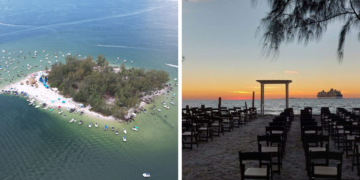




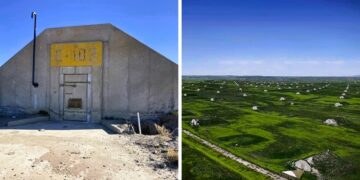







 oddprophet63
oddprophet63 Fuckoff555
Fuckoff555 j3ffr33d0m
j3ffr33d0m Sunkisty
Sunkisty Sunkisty
Sunkisty Roku80
Roku80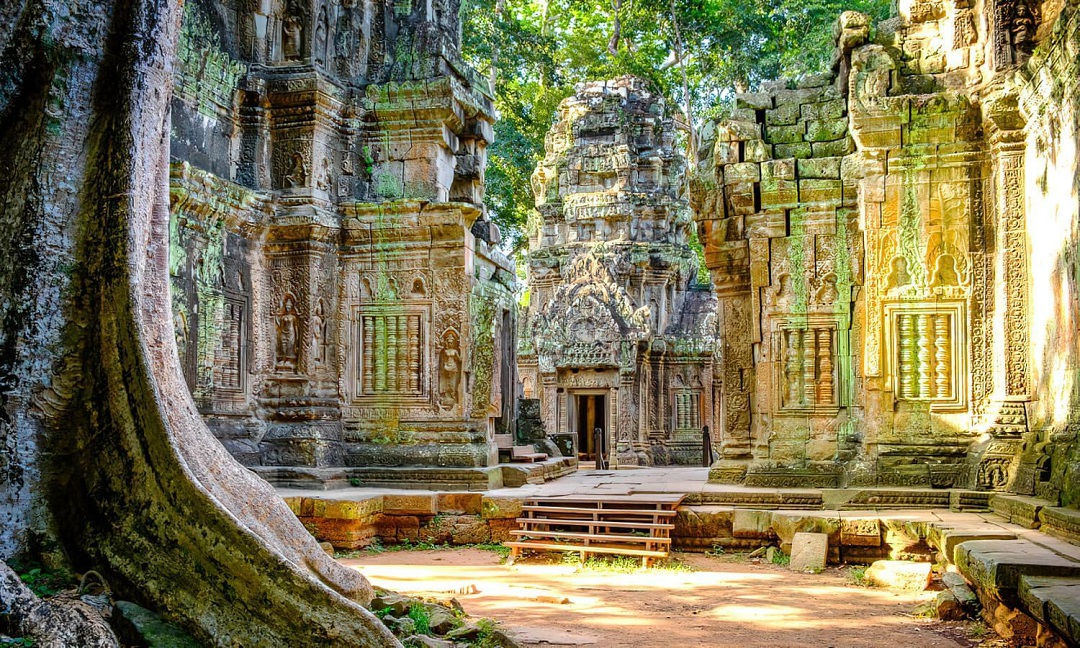 MunakataSennin
MunakataSennin karmagheden
karmagheden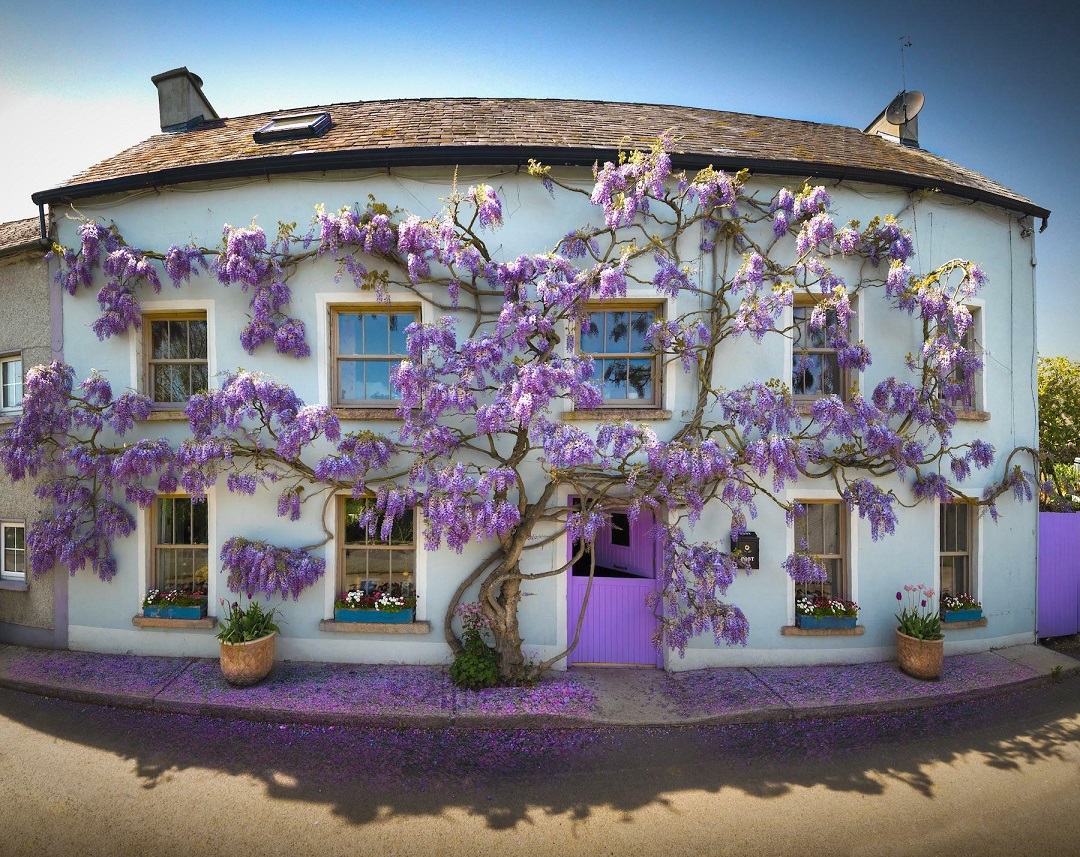 TheGuvnor247
TheGuvnor247 KantKay11
KantKay11 bakhtura
bakhtura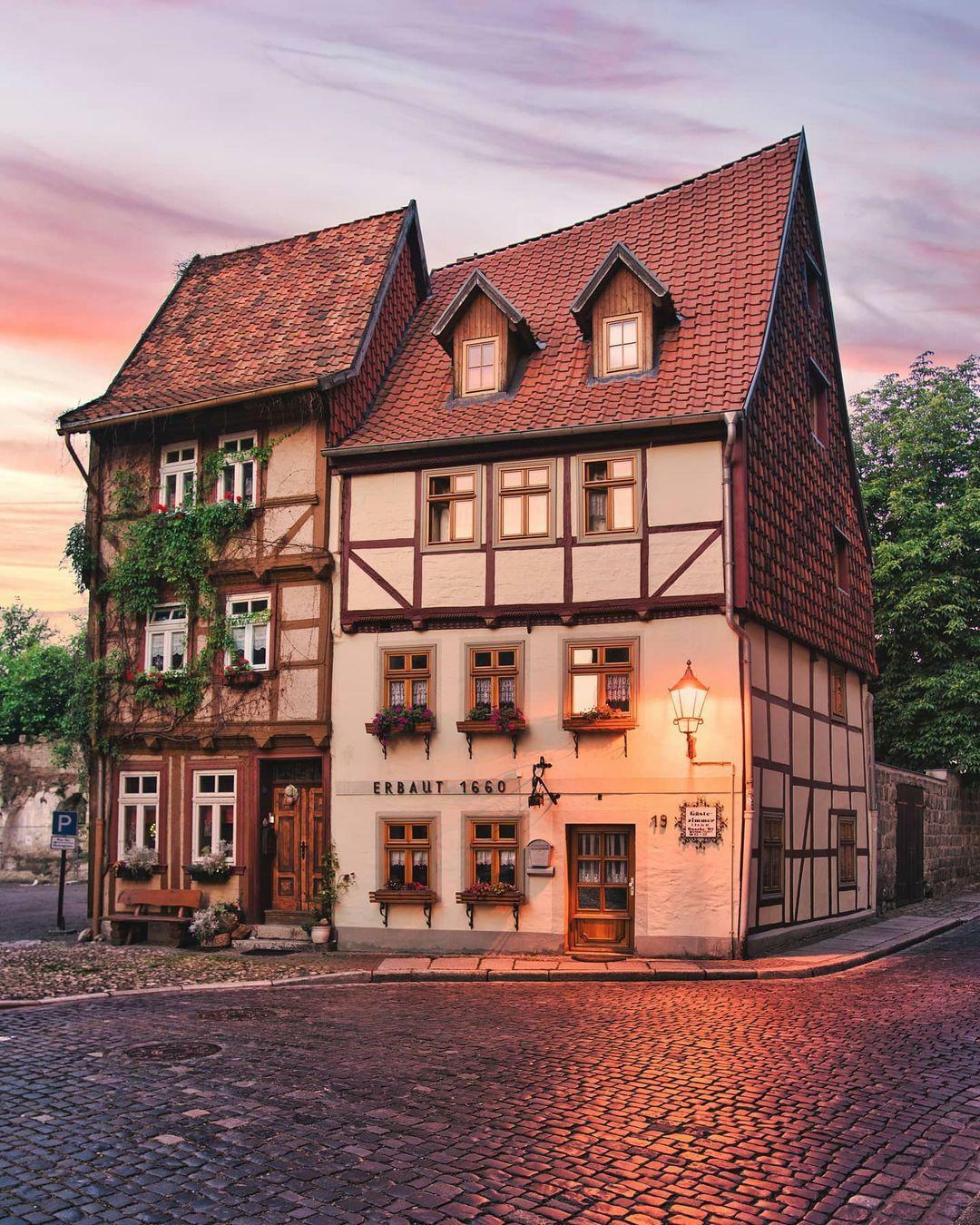 ManiaforBeatles
ManiaforBeatles forestpunk
forestpunk SophiaJohnson
SophiaJohnson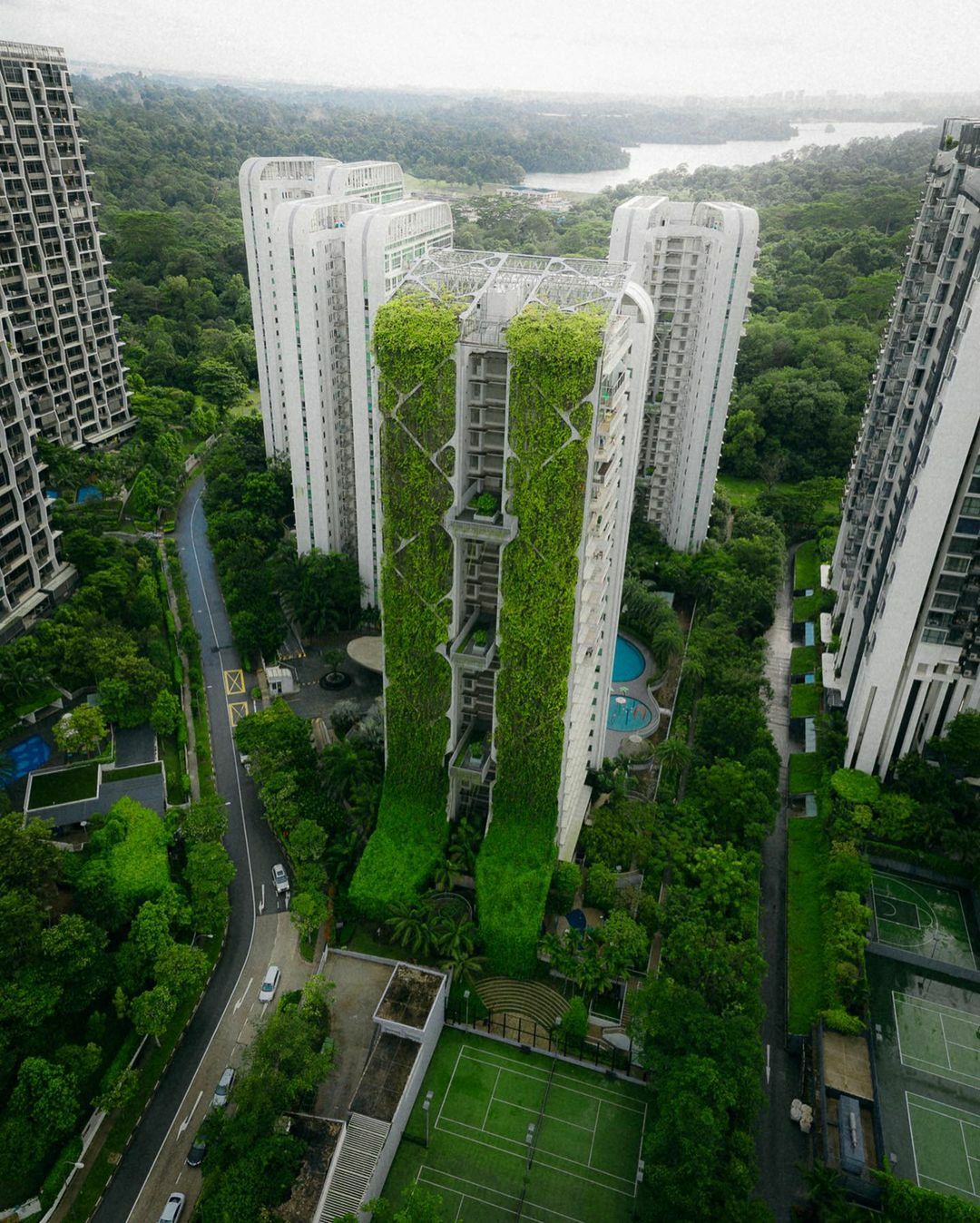 tanmaypendse
tanmaypendse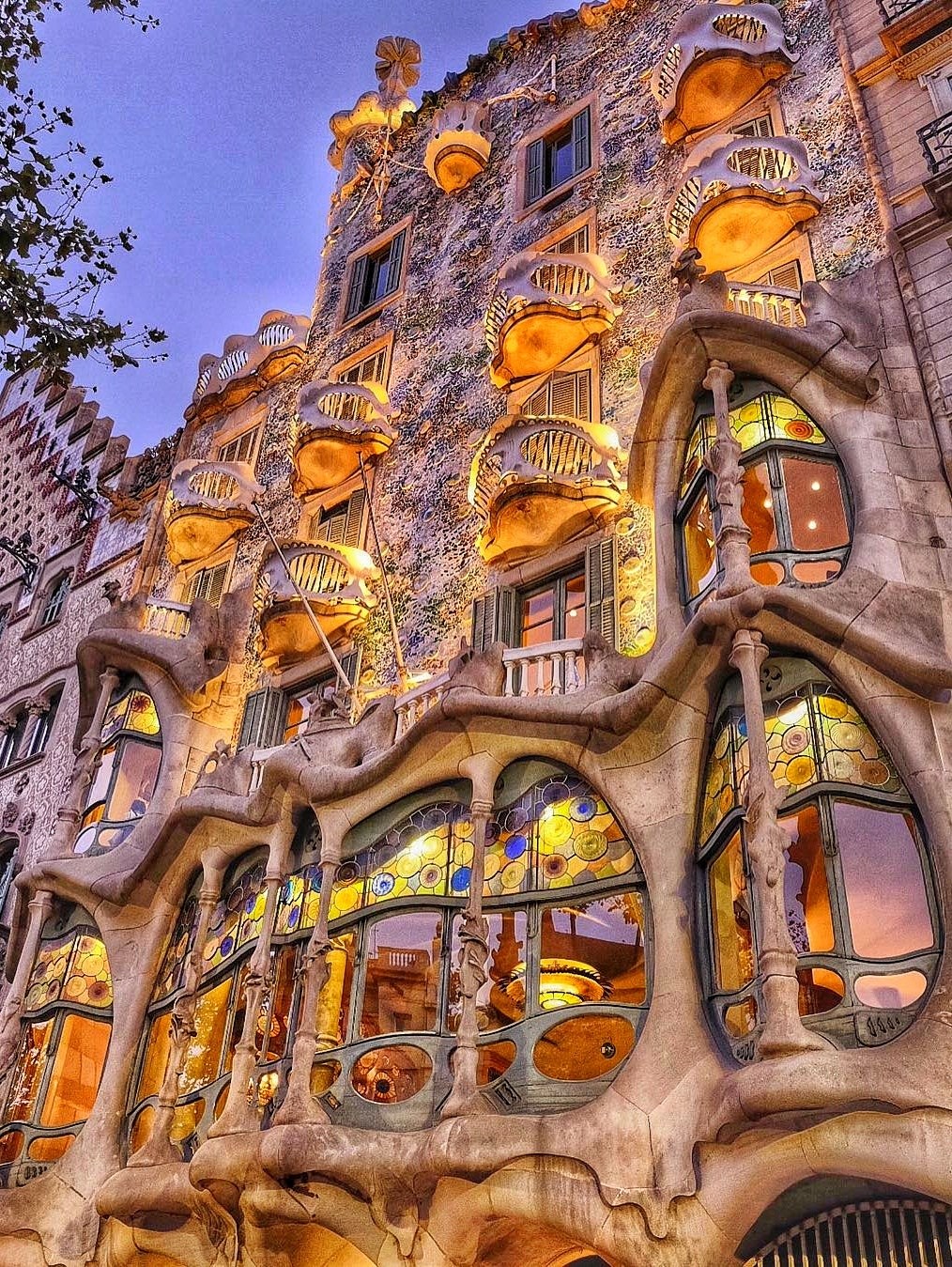 Industriosity
Industriosity redcattino
redcattino Dee_Odj
Dee_Odj ManiaforBeatles
ManiaforBeatles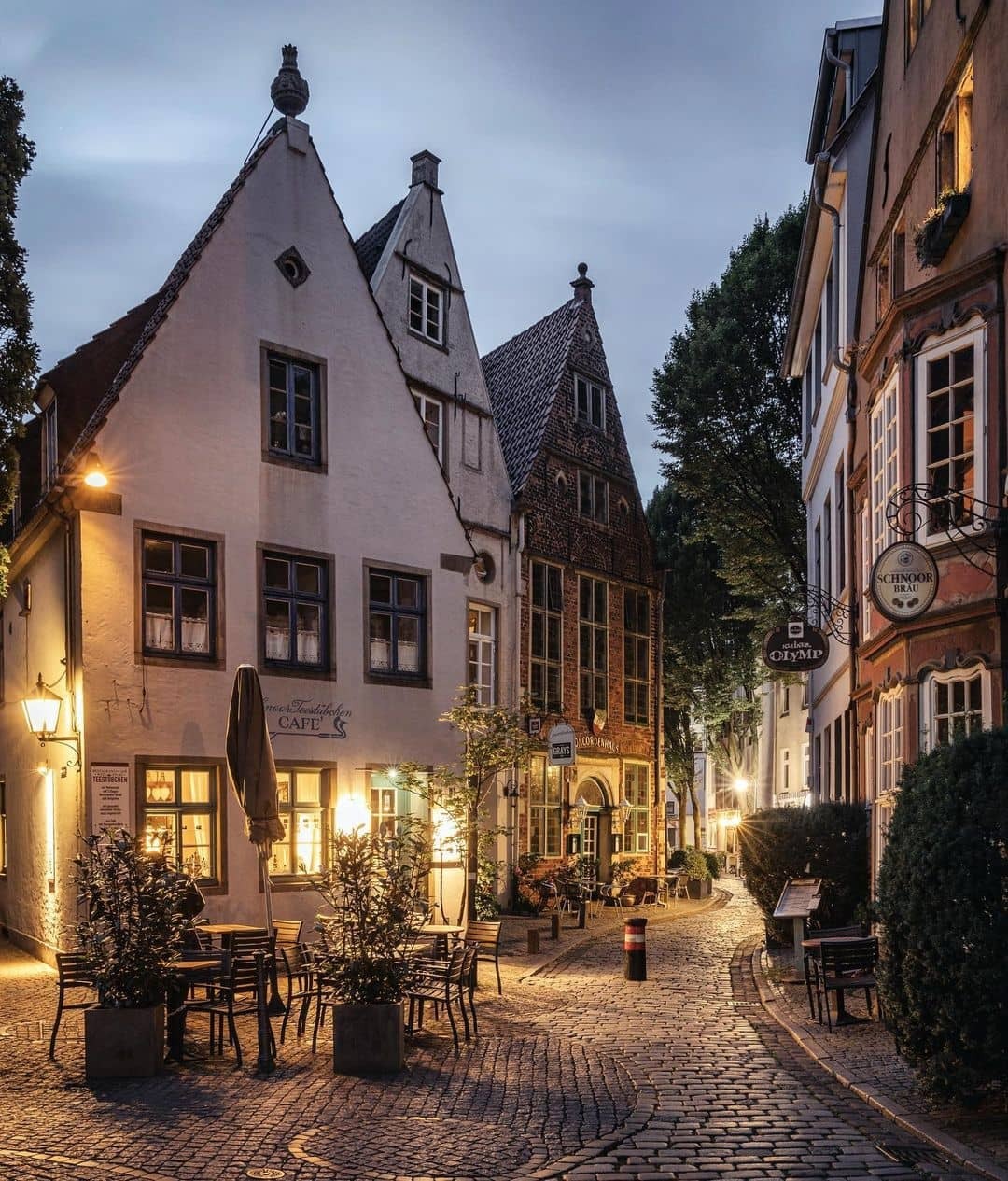 granta50
granta50 nico_shoot
nico_shoot 43mysticalSquirrels
43mysticalSquirrels Faiiven
Faiiven langshot
langshot MassiveCunt1
MassiveCunt1 99Blake99
99Blake99 tanmaypendse
tanmaypendse ManiaforBeatles
ManiaforBeatles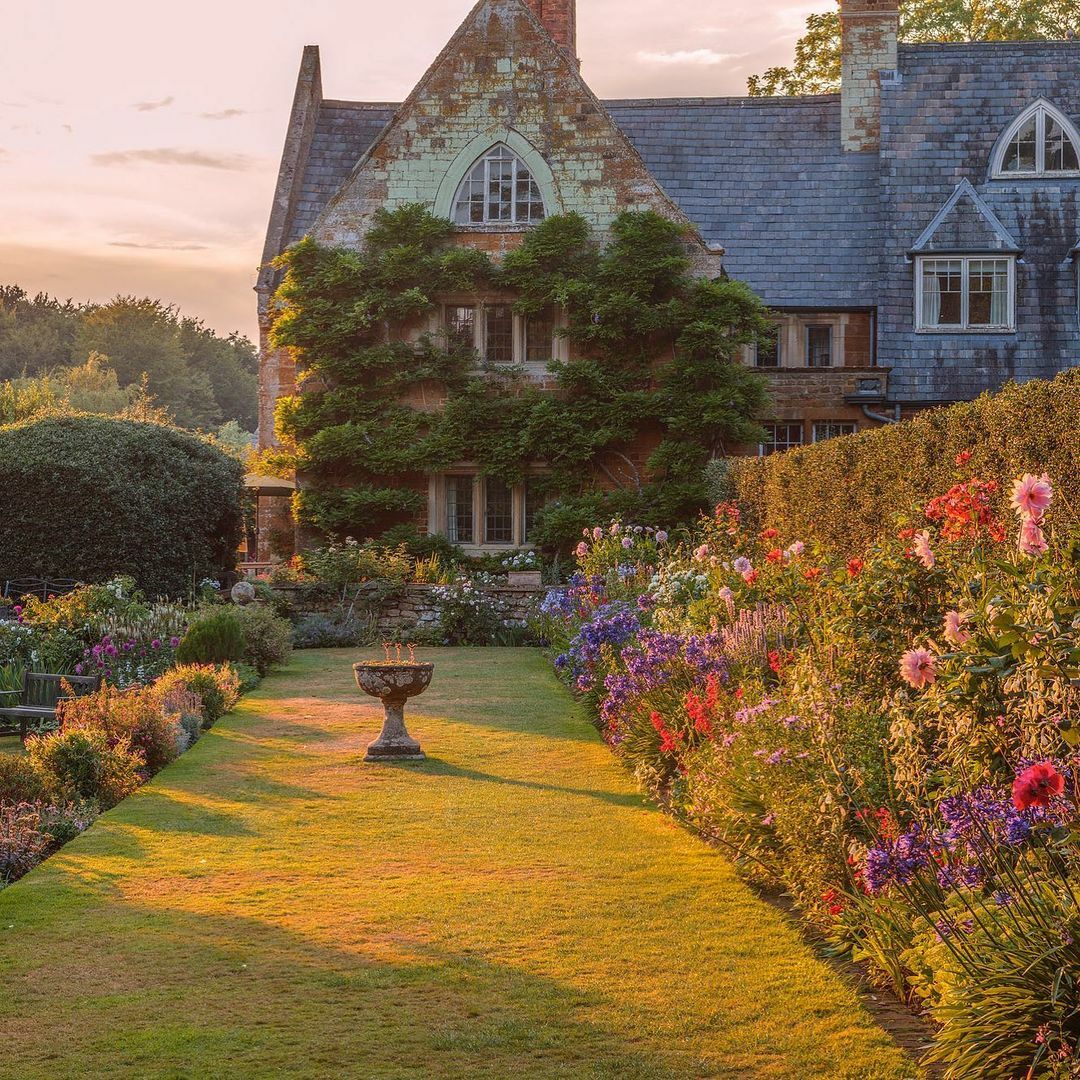 ManiaforBeatles
ManiaforBeatles ManiaforBeatles
ManiaforBeatles I_am_person
I_am_person Rapama2
Rapama2 ManiaforBeatles
ManiaforBeatles karmagheden
karmagheden ManiaforBeatles
ManiaforBeatles ManiaforBeatles
ManiaforBeatles Dee_Odj
Dee_Odj ManiaforBeatles
ManiaforBeatles SHIVANSH_RTX
SHIVANSH_RTX Maksele
Maksele BrilliantFamous6570
BrilliantFamous6570 TheHammershoi
TheHammershoi chardrizard
chardrizard 43mysticalSquirrels
43mysticalSquirrels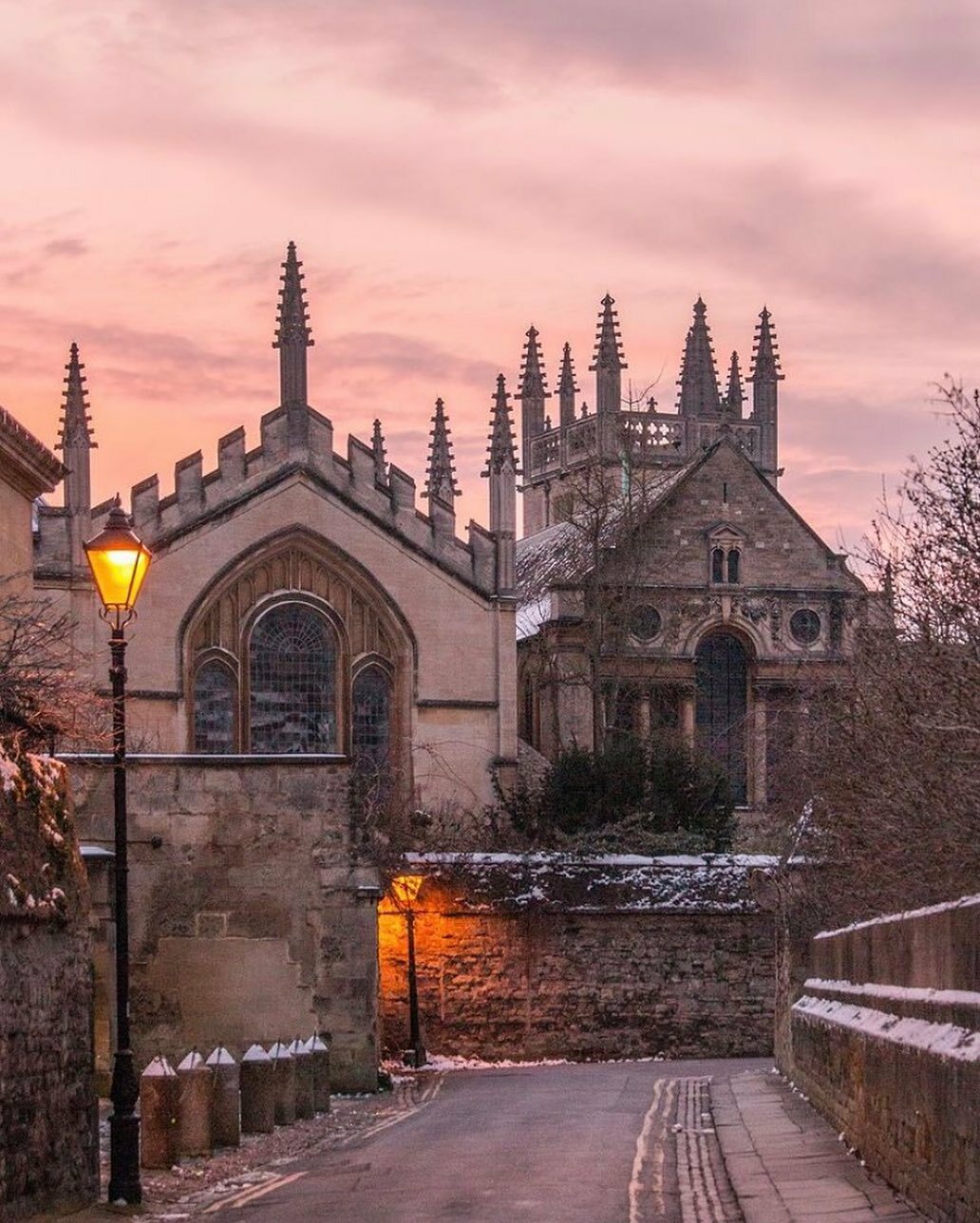 granta50
granta50 trinerr
trinerr MessyGuy01
MessyGuy01 st-jawnthebaptist
st-jawnthebaptist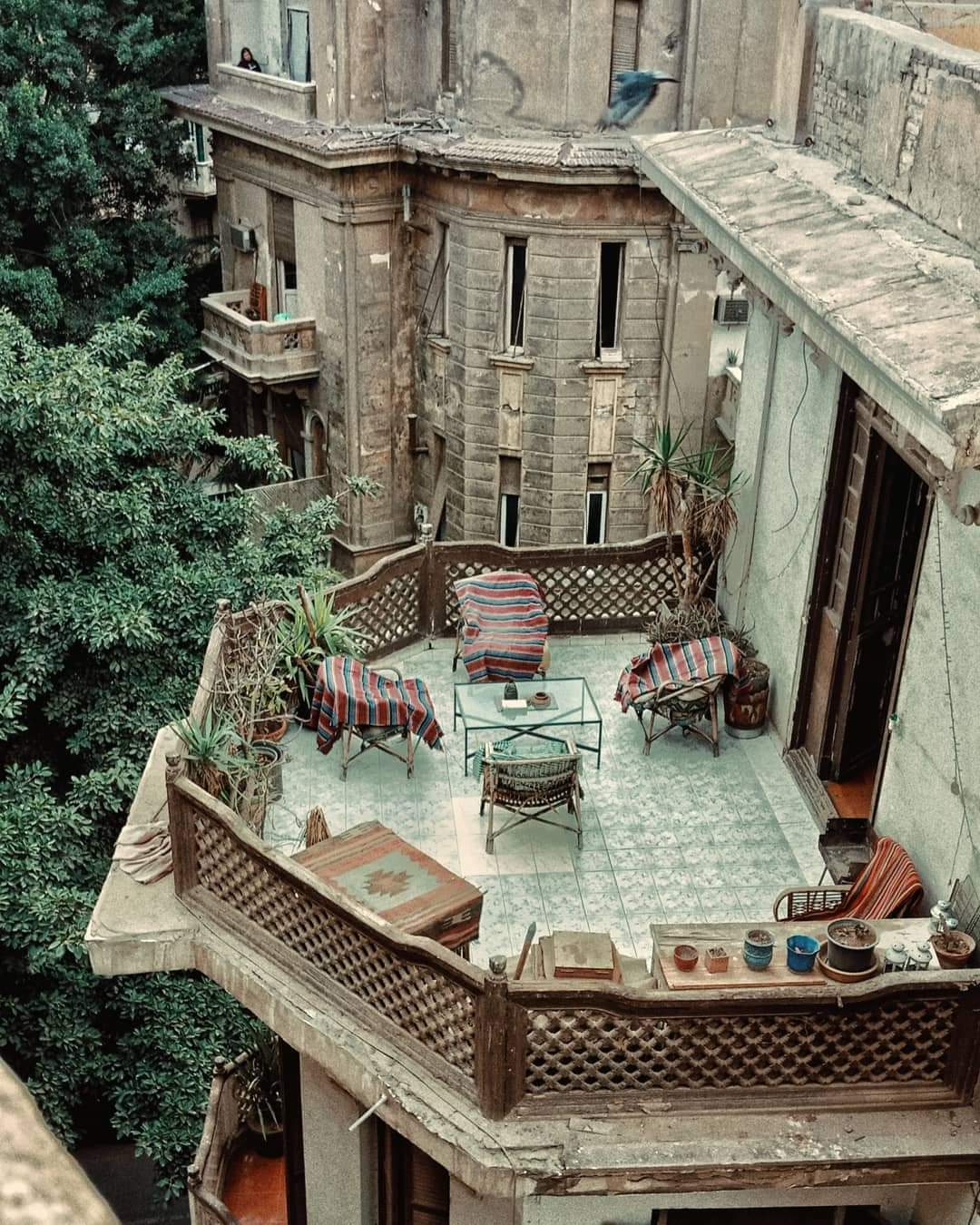 manbel13
manbel13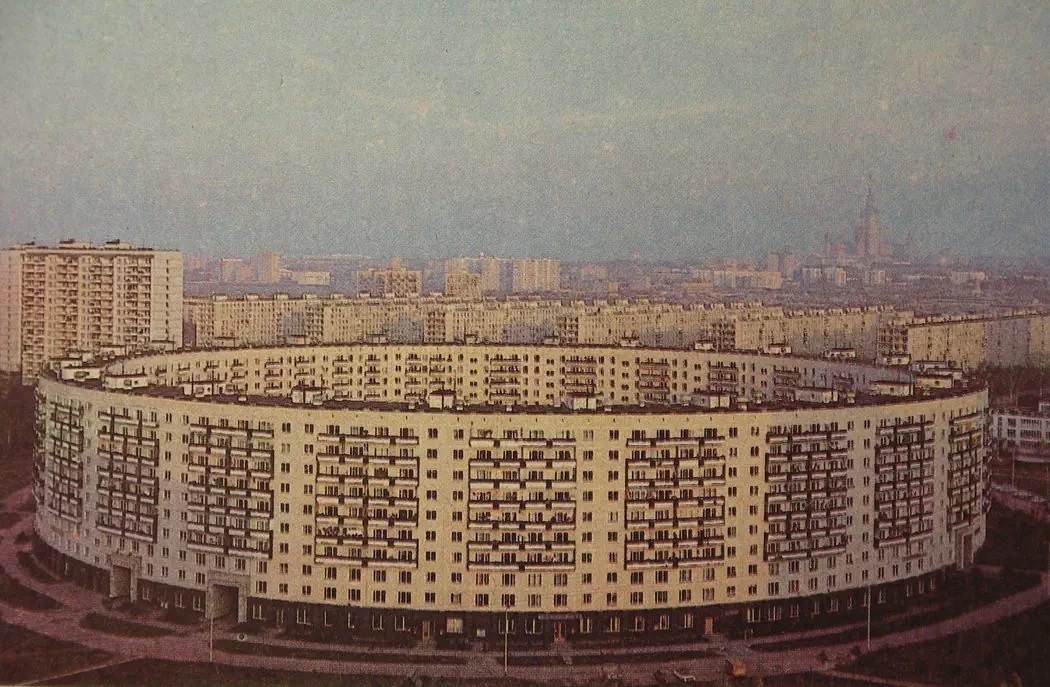 ElectronicRhubarb
ElectronicRhubarb








Discussion about this post